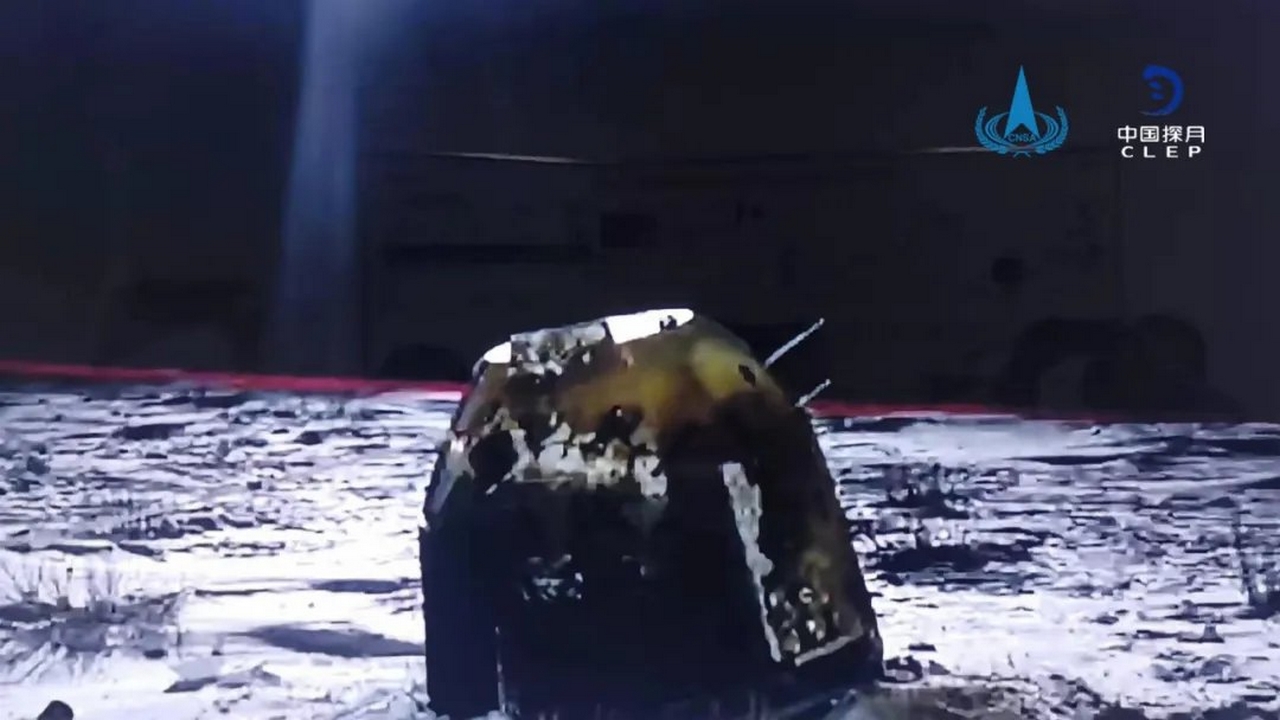Chang'e-5 has landed: Luna's champions are back on Earth!
Source: HW Upgrade added 16th Dec 2020
Yesterday we wrote about the imminent arrival on Earth of the capsule of the Chinese mission Chang’e- 5 containing the samples of rocks and sand collected on the Moon a few days ago. As expected, the maneuvers to deflect the trajectory were successful thanks to the Earth’s atmosphere and the capsule landed as planned in Mongolia. As also happened in the case of the Japanese Hayabusa2 mission, the capsule will not be opened on site.
The Chinese recovery teams engaged in Mongolia for the recovery of the capsule.
After the Chang’e-5 mission, now we look at the studies on moon rocks
The news of the landing was given both live on TV and in the state press agency. This confirms a timid opening towards communication on the part of the CNSA and the Chinese government, even if we are still far from Western “standards” .
The capsule enclosed in the returner module. The lighting is given by the helicopters.
The statement states that the Chang’e-5 mission ended successfully. The orbiter and the returner separated approximately 5000 km above the South Atlantic with the second taking a detour that taken to fly over the area of Saudi Arabia and then finish the trip in Mongolia.
In the terminal part, with the return to the atmosphere, the speed was approximately 11, 2 km / s where there was then an aerodynamic deceleration a 120 km of altitude (and a second deceleration shortly after). When they were missing 10 km there was an opening of the parachute to further slow down the descent to the ground of Chang’e-5 and his precious samples.
The capsule now it will be taken to Beijing where it will be removed from its protective wrapping. There may also be a ceremony for the official delivery of the lunar rock samples. This concludes the first part of the Chinese mission which brought the Moon samples back to Earth after the last ones had been brought by the Apollo missions in the years ’70. Now the study and analysis part of the rocks will begin which could involve months (or years) of data.
